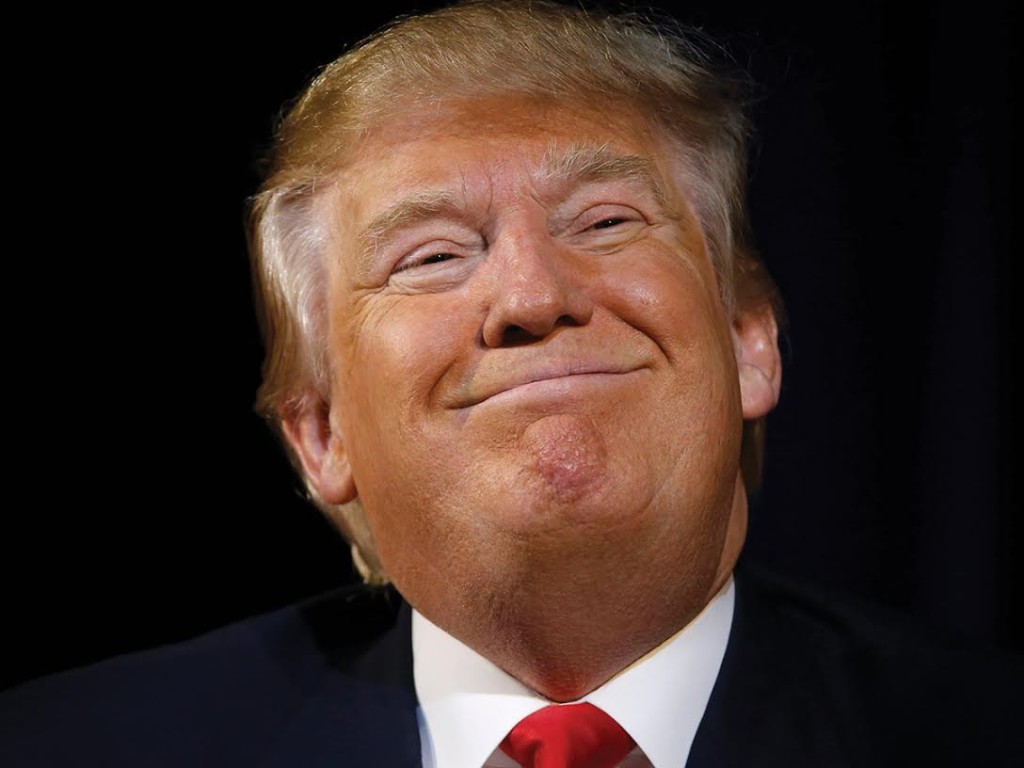
Now that Senator Ted Cruz has thrown in the towel, Donald Trump has completely eliminated his Republican competition and is the presumptive Republican nominee.
A lot of Trump’s popularity comes from his position in the race as a businessman and not an “all talk” politician tied to the Republican establishment. Yet, his rise to the top has fractured the Republican Party, with many Republicans claiming they’ll support Hillary Clinton to stop him. Both Clinton and Senator Bernie Sanders have garnered millions of votes during the primary season, and have received endorsements from many politicians and organizations. Their immense popularity and the discontentment within the Republican Party means that Trump still has to recruit a lot more voters if he wants to take the presidency in November.
It’s natural that Trump has made it this far. Trump presents his stances with a brazen entertainer personality and disregard for restrictive political correctness. From the start of his campaign, he’s spoken to many Americans’ pressing concerns about the weakness of our economy, border security and the growing threat of Islamic terrorism. He dominated the Republican debates with humor and vigor and branded the competition with humiliating nicknames such as “Lyin’ Ted,” “Little Marco” and recently, “Crooked Hillary.” He’s overcome intense competition from other Republican candidates and has currently earned almost 11 million votes in the primaries.
On the left, Clinton and Sanders haven’t been slacking. Despite not leading his campaign with Trump’s energy, Sanders’ call for free college education, racial justice and higher wages has earned him 1,473 delegates and over nine million votes. Similarly, Clinton’s focus on women’s reproductive rights and gun control has gathered her 2,240 delegates and 12.5 million votes. Their huge followings are nothing to scoff at; Clinton and Sanders have amassed huge amounts of support even though they lack Trump’s bold chutzpah.
However, these raw numbers don’t necessarily mean that Clinton has Trump beat in popularity. Initially, the Democrats had only six presidential candidates competing for the nomination while the Republicans had a whopping 17. Clinton and Sanders have been the only two Democrats running for the nomination ever since Martin O’Malley dropped out in February. Meanwhile, on the Republican side, Jeb Bush, Ben Carson, Marco Rubio, Ted Cruz and John Kasich futilely struggled for months to keep support away from Trump. If it weren’t for them, Trump’s numbers might have been much bigger.
It’s difficult to speculate how this election might have been different had Trump not faced such severe competition, or if Sanders and Clinton had faced more. However, Trump’s recent statement that Sanders should run as an independent suggests Trump suspects that a unified Democratic Party could seriously threaten his campaign. The Democrats are not as fractured as the Republicans are, and if they rally behind a single candidate and attract enough voters in the coming months, they might be able to steal the presidency.
Yet, Sanders and Clinton are still competing with one another, while Trump no longer has to worry about Republican competition. He’s still got enough time to recruit discouraged Republicans and Sanders supporters who refuse to vote for Clinton. He might even be helped by leading Republicans claiming they’ll vote for Clinton. Trump can use those claims to show Republican voters that some of their party’s “leaders” are so unprincipled that they would rather sell out for Clinton, whose views are completely against those of Republicans, than support the candidate that the majority of Republican voters actually want. Trump can use this as even more evidence that the current political establishment no longer represents the interests of the voters. It can further cement his position as the rebellious outsider that the voters want.
Like him or not, nobody can deny that Trump has brought a lot of furor and interest into this election cycle. We’ve seen months of Republican debates-turned-shouting-matches, violent anti-Trump protests and even a Twitter fight between Trump and a Super PAC over a picture of Trump’s wife. Now that Trump’s the presumptive Republican nominee, it’s coming down to whether he can step up his game to unite enough voters come November.








